A Look at the 4K Display Improvements, and Remaining Flaws, in OS X 10.9.3
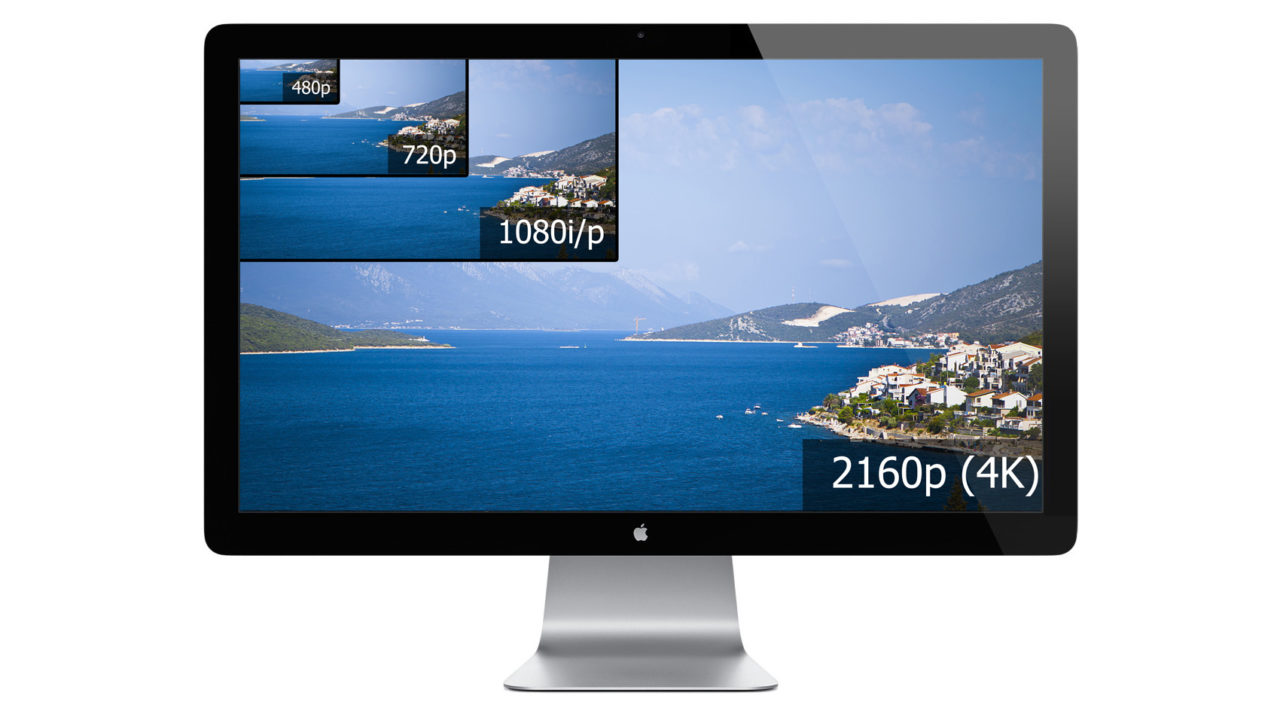
Update [2014-06-17]: Apple today released the second developer preview build of OS X Yosemite and we are sorry to report that single-stream DisplayPort still does not work properly with the 2013 Mac Pro and AMD’s OS X graphics drivers.
As part of Thursday’s OS X 10.9.3 update, Apple finally added improved support for high resolution 4K displays. Thus far officially available for only the 2013 Mac Pro and MacBook Pro with Retina Display, the 10.9.3 update gives users the option to configure their 4K displays at “Retina” resolutions using System Preferences. Users could previously attain Retina-like resolutions for 4K displays by manually enabling OS X’s HiDPI mode, but the update makes the process as easy as configuring the built-in display of a Retina MacBook.
In OS X 10.9.2 and below, users with 4K displays connected to their Macs would see a list of compatible resolutions by default. Native 4K resolution was available, but most users would find it too small for standard productivity work. The only other option, aside from the aforementioned HiDPI tweaks, was to use an upscaled lower resolution, such as 2560×1440.
Now in OS X 10.9.3, users can choose from one of five recommended resolutions, starting at the high end with native 3840×2160 and working down to “Retina” options that mimic common resolutions like 2560×1440 and 1920×1080.
Despite the improvements in Thursday’s update, support for third party 4K displays in OS X still has a long way to go. Apple released Knowledge Base Article HT6008, explaining that only a select few displays are officially supported, especially at the important 60Hz refresh rate threshold, and that users may have to update their displays to ensure compatibility. Apple currently cites official compatibility with only the Sharp PN-K321 and Asus PQ321Q, and they’re not kidding.
We’ve been testing the Samsung U28D590D, a 28-inch 60Hz 4K display that sells for as little as $600 depending on availability. When connected via DisplayPort to a 2013 Mac Pro with AMD D500 GPUs, graphical glitches occur on the far right side of the display. The display is otherwise functional, and looks great at Retina resolutions, but the glitches have been traced to a flaw in OS X driver software for the AMD GPUs, stemming from the Samsung Display’s use of a single-stream DisplayPort connection, compared to the multi-stream connection required by first generation 4K displays to reach 60Hz.
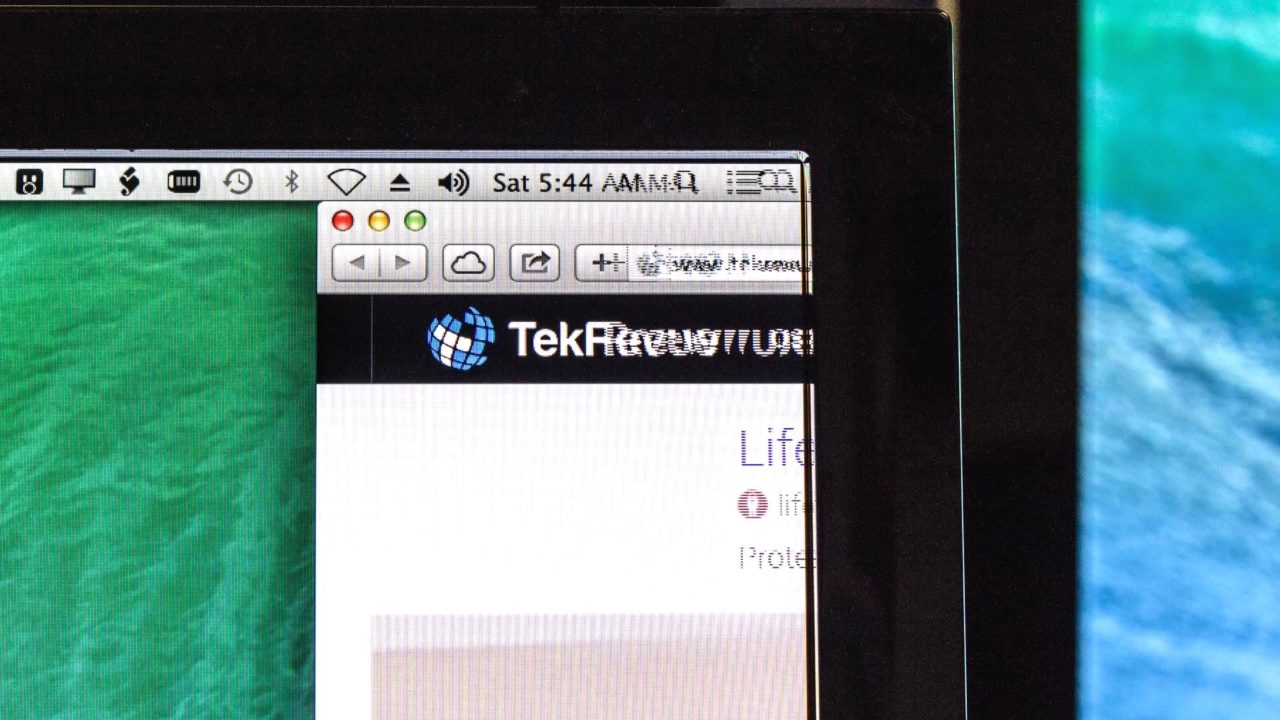
Graphical glitch on right side of Samsung U28D590D when connected to 2013 Mac Pro via 60Hz DisplayPort.
The U28D590D works fine in Boot Camp with Windows 8.1 and, while we haven’t been able to test this ourselves, we’ve been told that it also works when connected to a Retina MacBook Pro, which is powered by NVIDIA graphics. Those with the U28D590D can still get a perfect image out of the Mac Pro, but they’ll need to switch to the Mac Pro’s HDMI output, and settle for a 30Hz refresh rate cap.
The consumer 4K hardware industry is still in its infancy, and Apple has a long way to go to make compatibility with this new class of displays as smooth as standard resolution displays. In short, if you’re a media professional who needs and can afford $2500 for one of the “official” 4K displays from Sharp or Asus, rest assured that OS X 10.9.3 will provide a great Retina experience. All others should wait for Apple and the industry to settle on a compatible standard before investing in these gorgeous, but frustrating, monitors.




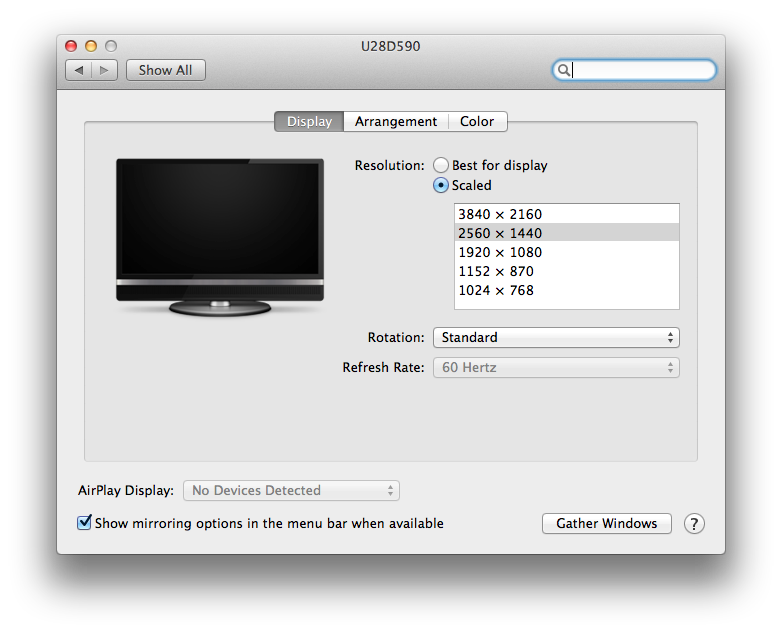
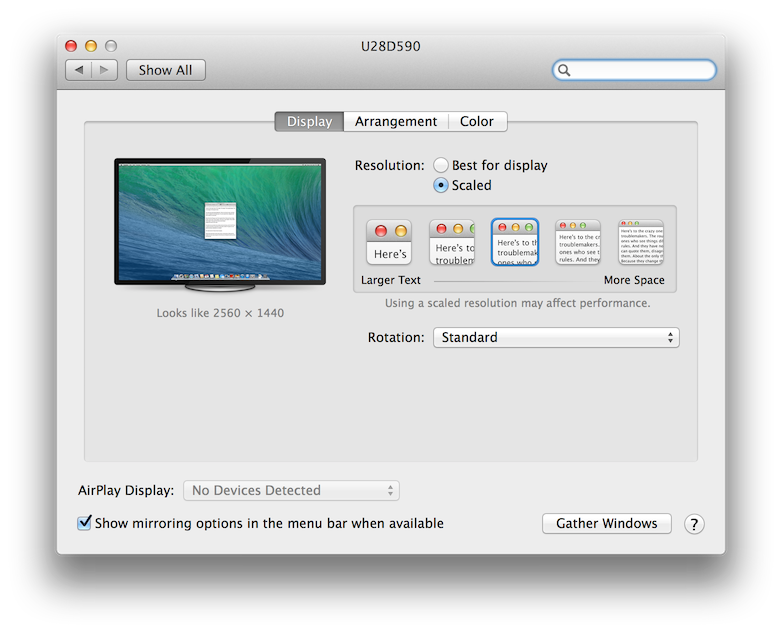




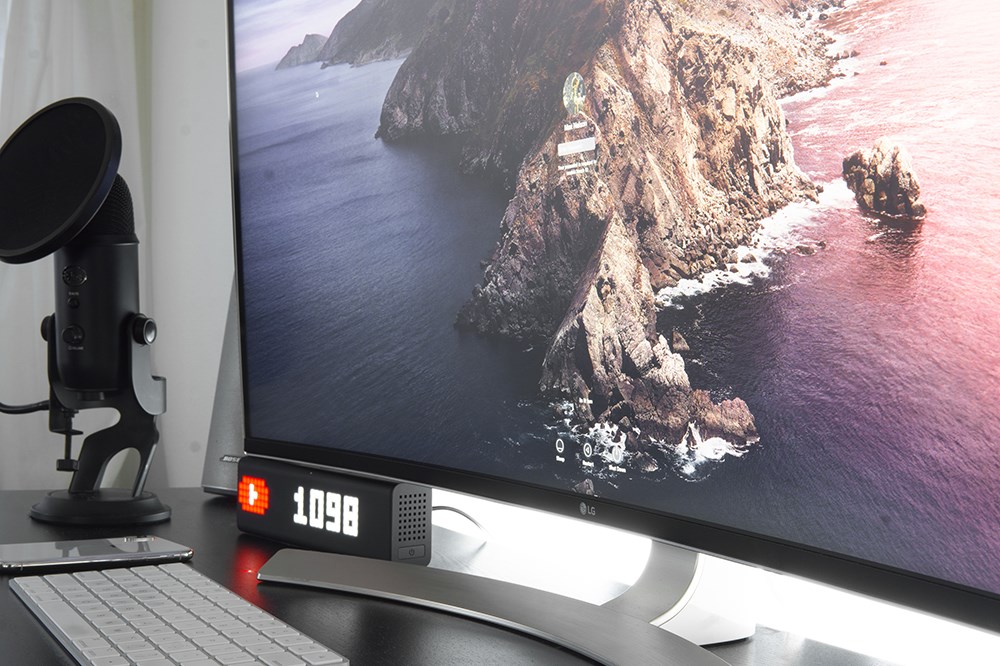








5 thoughts on “A Look at the 4K Display Improvements, and Remaining Flaws, in OS X 10.9.3”
Can any one verify this?
Doesn’t explain why my late 2013 MBP works perfectly using my existing cable?
There are loads of these Tn panels hitting the market now. I hope not all of them are unusable with 60Hz on nMP.